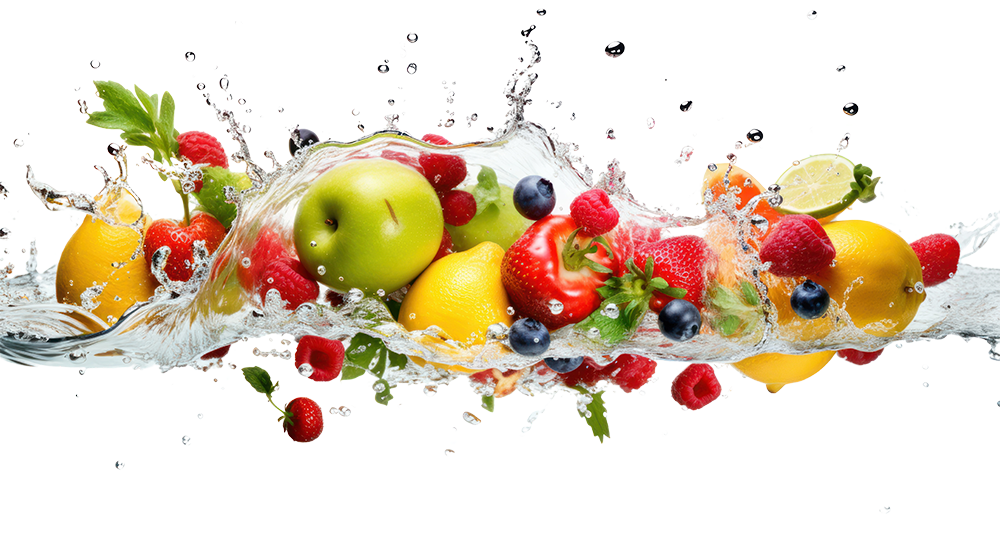The following summarizes a dietary program called Natural Hygiene, a set of principles I first encountered in my early thirties through the book Fit for Life by Harvey and Marilyn Diamond. I encourage you to read the book yourself for deeper insights—this article only covers the basics.
I’m not a doctor or nutritionist, but I can personally attest that following Natural Hygiene gave me the best health of my life. When I first tried it in my thirties, my energy surpassed even what I’d experienced as a teenager.
Before discovering Natural Hygiene, I experimented with fad diets and supplements that promised more energy—yet none delivered noticeable results. But Natural Hygiene was different. My energy, mood, and drive improved dramatically.
While I’ll reference established nutritional science, my primary evidence comes from my own body’s response as I return to these principles. I know how Natural Hygiene benefited me in the past, but I’m curious to see its effects at this stage of my life. Before documenting my journey, let’s define what Natural Hygiene entails.
Properly Combining Food Types
Food combining is a cornerstone of Natural Hygiene. The key rule: Never pair high-protein foods (meat, dairy) with starchy foods (potatoes, bread, corn).
Here’s why:
- Proteins require acidic digestive fluids.
- Starches require alkaline fluids.
When eaten together, these fluids neutralize each other, forcing the body to produce more digestive juices.
A poorly combined meal may take twice as long to leave the stomach compared to a properly combined one—even if both contain meat. Our stomachs aren’t designed to handle the volume and variety of modern meals. Proper food combining eases digestion, reduces energy waste, and promotes a cleaner digestive tract.
High-Water-Content Foods vs. Concentrated Foods
Knowing the difference between high-water-content foods and concentrated foods is key to understanding natural hygiene.
High-Water-Content Foods
- Raw fruits and vegetables (e.g., cucumbers, watermelon, leafy greens).
- Naturally hydrating and cleansing.
- Digest easily, freeing energy for detox and weight loss.
Concentrated Foods
- Dense, low-water foods (meat, cheese, bread, cooked potatoes).
- Require significant energy to digest.
- Best paired with high-water-content foods to ease digestion.
The typical American diet over-relies on concentrated foods, often leaving people exhausted. By contrast, meals centered on raw fruits and vegetables (ideally 75% of the plate) support effortless digestion and natural detoxification.
Example Meals:
- Protein-based dinner: Grilled chicken with a large salad and steamed greens (vegetables should dominate).
- Starch-based dinner: Baked potato with butter, salad, steamed fresh vegetable(s) and bread (no meat).
Personally, I find starch-based meals offer more variety and better nutritional value!
The 24-Hour Cycle
Our bodies follow a daily rhythm divided into three 8-hour phases:
Noon–8 PM: Eating & Digestion: Ideal for heavier meals (including meat, if consumed).
8 PM–4 AM: Assimilation: Nutrients absorb into the bloodstream.
4 AM–Noon: Elimination: Waste removal; best supported by fasting or eating fruit only.
Key Tips:
- Eat fruit only on an empty stomach (wait 3+ hours after a properly combined meal).
- Fruit before noon enhances detox; juicy varieties (like melons) act as digestive cleansers.
- Dinner should be your largest meal, eaten early enough to digest before sleep.
What Can You Eat on Natural Hygiene?
Fruit
- Best eaten raw and alone (empty stomach).
- Digests in 30–45 minutes; if trapped behind slower-digesting foods, it ferments, losing nutrients.
- Morning is ideal: Natural Hygiene recommends fruit-only until lunch.
Vegetables
- Most nutritious raw but retain benefits when cooked (unlike fruit, which turns acidic when heated).
- Root veggies (potatoes, carrots): Become concentrated when cooked; pair with raw greens.
Meat & Dairy
- Limit to evening meals; always pair with non-starchy vegetables.
- Hardest to digest; avoid combining with starches.
Oils & Fats
- Combine with anything (e.g., olive oil on salads, butter on veggies).
- Avoid processed substitutes; opt for real, unrefined fats.
Salads & Dressings
- Endless combinations! Add meat or starch (never both).
- Dressing hack: Use lemon juice (alkaline) instead of vinegar (acidic) with olive oil.
Nuts & Legumes
- Raw nuts: Nutrient-dense; pair with veggies (e.g., almonds with cucumbers).
- Legumes: Contain both starch/protein, so digest slowly. Eat sparingly with plenty of veggies.
Conclusion
These are the foundational principles of Natural Hygiene. While there’s more to explore—like troubleshooting challenges or debunking nutrition myths—this framework offers a clear starting point. In future posts, I’ll share my personal experiments and practical tips for making this lifestyle sustainable.


